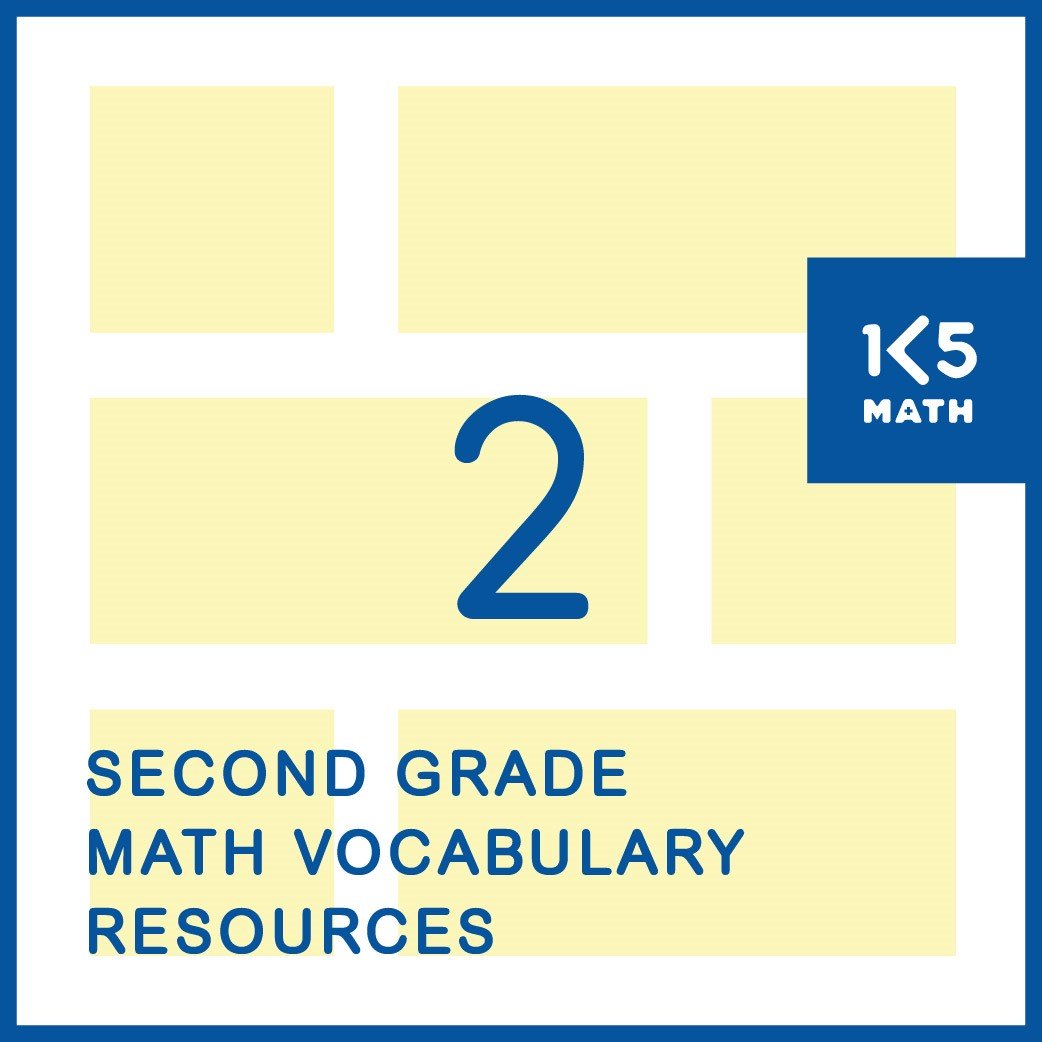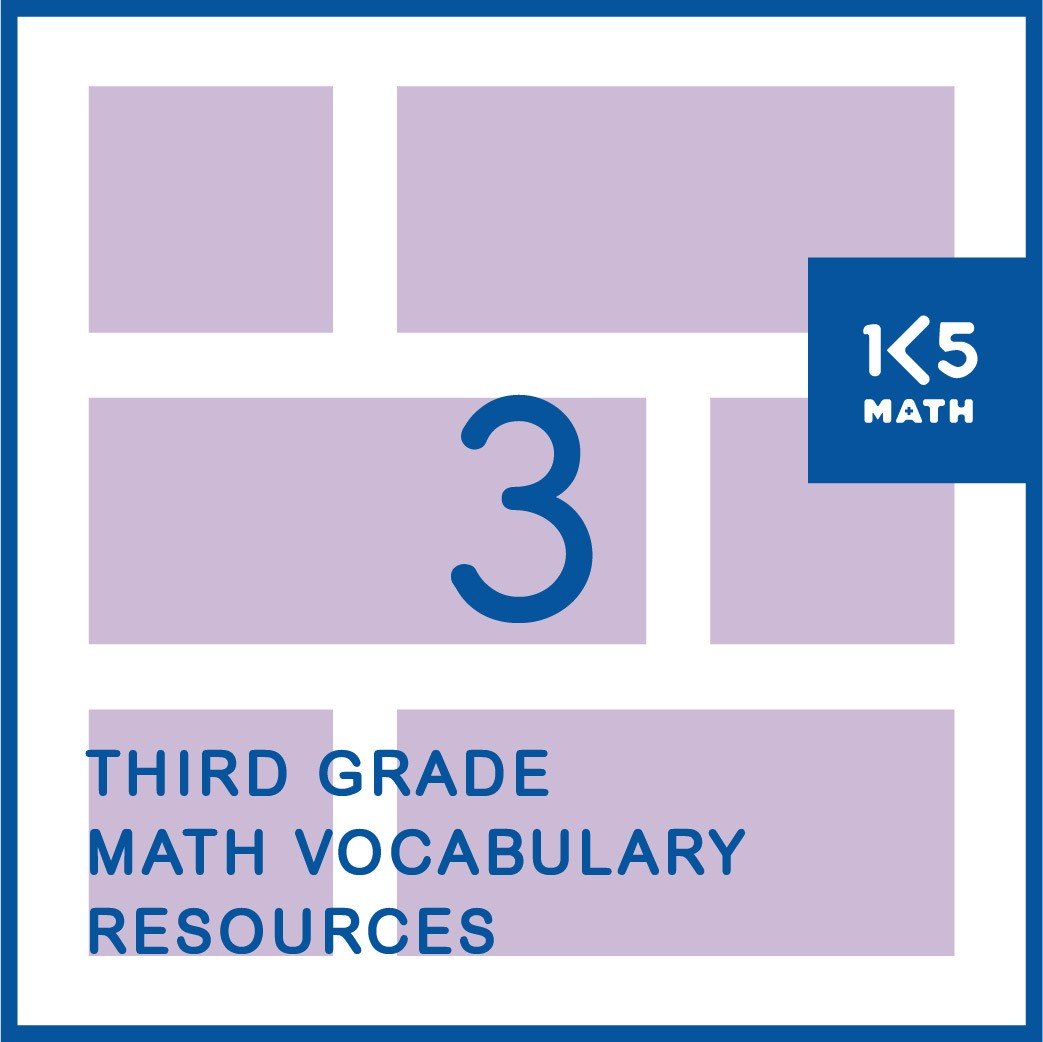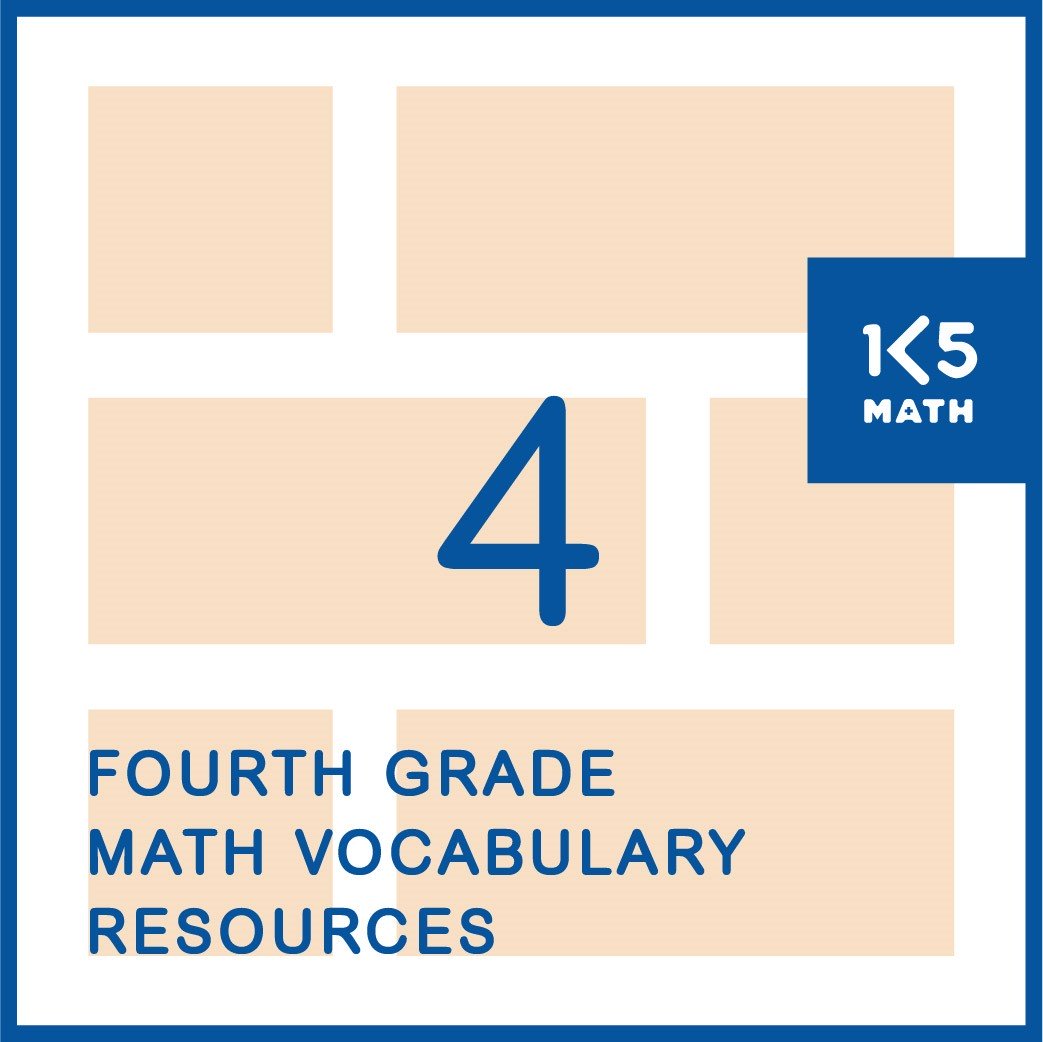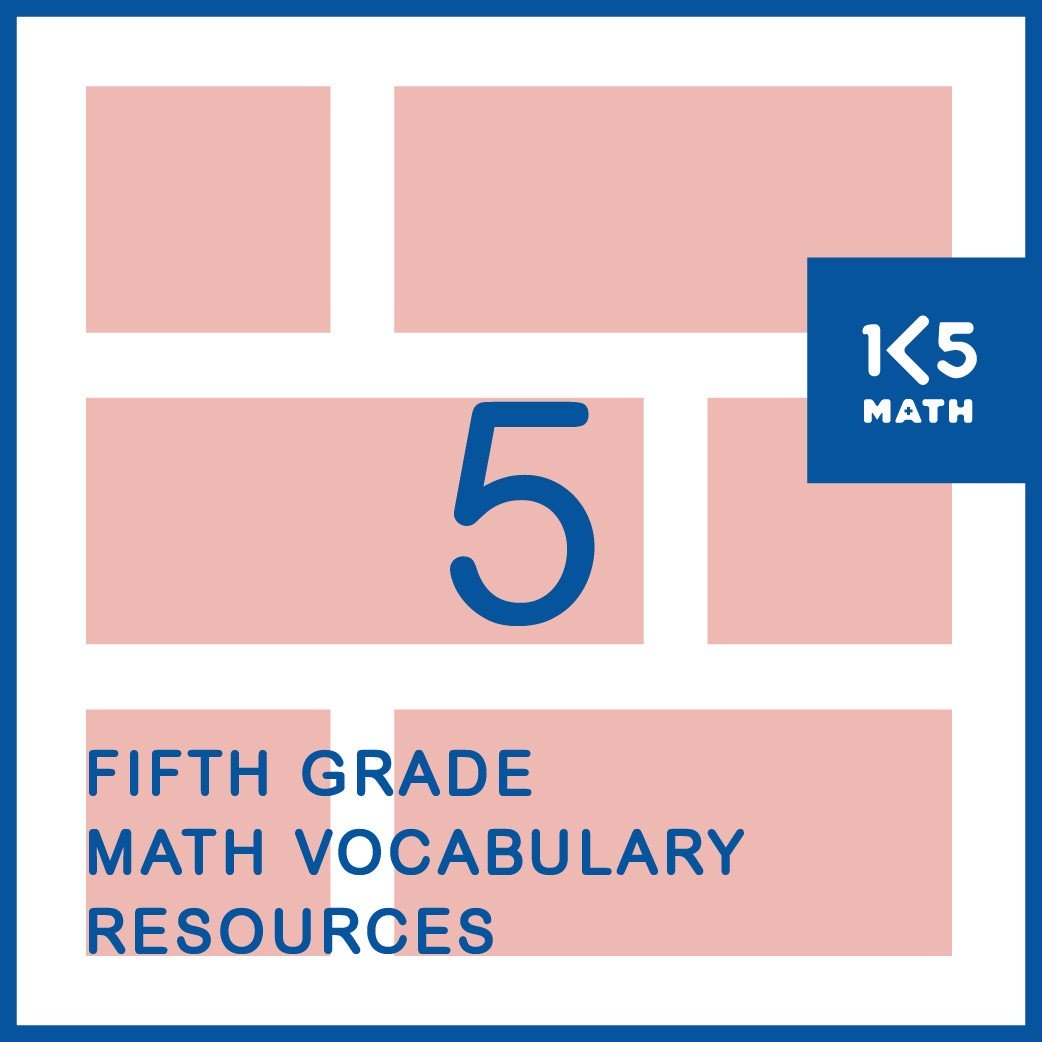Math Vocabulary
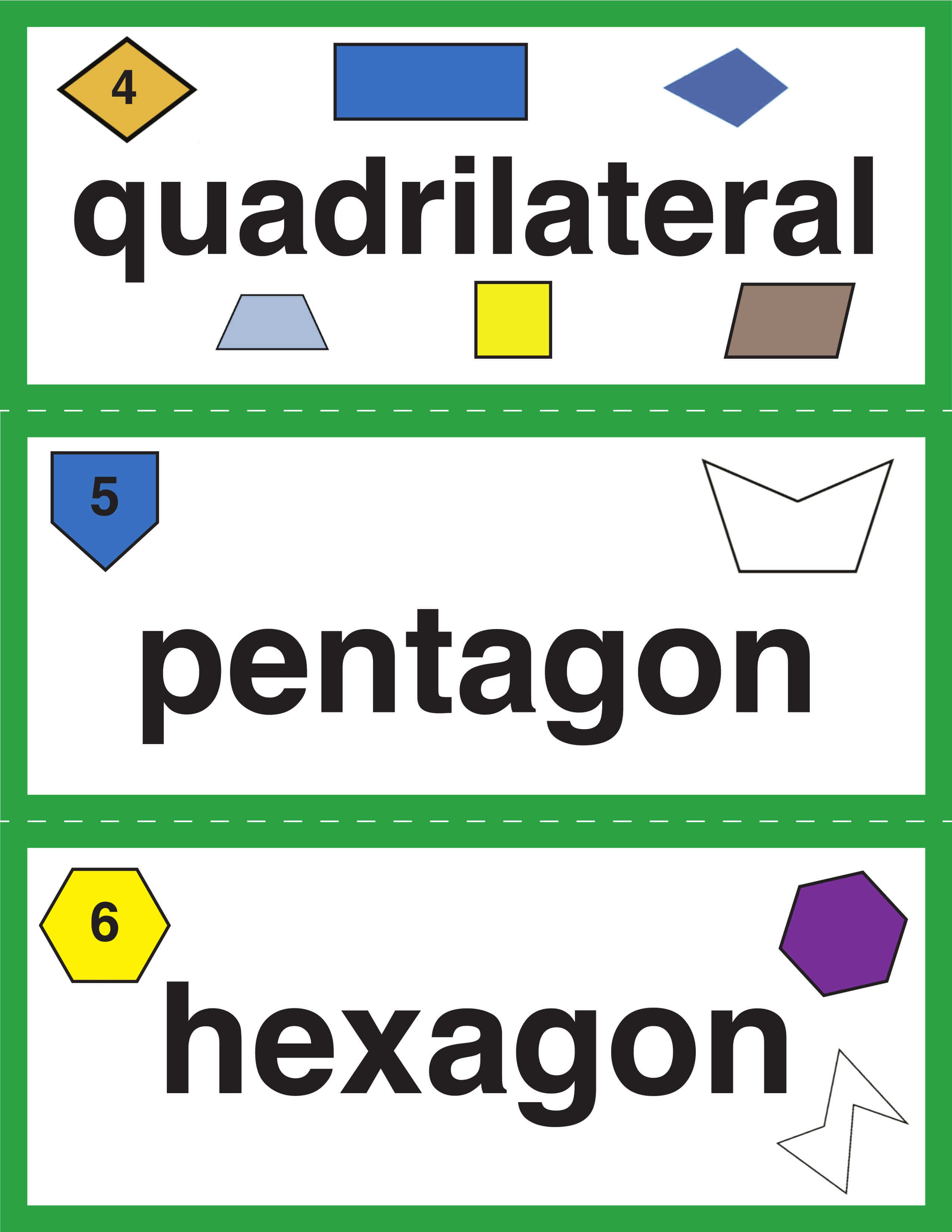
A common feature in many classrooms, math word walls are often underutilized and serve as little more than a decorative display. When used well a word wall can be a powerful tool that develops math vocabulary, promotes independence, and supports reading and writing in mathematics. Similarly, providing students with a personal math vocabulary book ensures that they have access to the language they need to further develop math writing skills no matter where they are seated in the classroom. Similar to a personal dictionary, these books allow for differentiation as students can add the words they need to their own book and have them readily available at all times. Upper grade students can also add their own definitions of words.
6 Ways to Promote Effective Use of Math Vocabulary Resources
1. Introduce Vocabulary
Introduce new math vocabulary, as appropriate, during lessons. Post new vocabulary on the word wall as it is introduced, rather than putting it all up at the beginning of a unit. As each word is placed on the word wall, discuss and agree upon a class definition and have a student write it on a blank card to be displayed alongside the word. Be sure to also discuss where students can find these words in their personal math vocabulary book.
2. Model, Model, Model
Displaying words at the beginning of the year and expecting students to use them without showing them how is setting your word wall up for failure. Refer to the word wall and vocabulary book often so that students get into the habit of doing the same. Model how to use these resources during math writing sessions. The more you use these resources, the more your students will do the same.
3. Make the Word Wall Interactive
Make your math word wall interactive by posting vocabulary cards in a pocket chart. This allows you to easily remove cards for use in vocabulary games or for students to go to the wall, remove a word, use it at their desk, and return it. It also makes it easier for you to dismantle the wall at the end of each unit which will save you time and make it more likely that you will update it regularly.
4. Set Clear Expectations
Let students know early in the year that you expect to see precise use of vocabulary words in their math writing. To begin with you may have to prompt students to make use of available resources. “Your goal for today is to use at least three words from page 6 of your math vocabulary book in your written explanation."
5. Less is More
To prevent your math word wall from becoming too crowded and difficult to use, display vocabulary for the current unit of study only. Remove words once a unit is completed and retire them to the math center. Students can use cards from previous units to play memory games such as Concentration where they match a word to a definition, Go Fish (“Do you have “a six sided figure?” ”Yes, I have a hexagon.”), or any other games that provide opportunities to review vocabulary.
6. Make Word Wall Activities a Regular Routine
When used as a regular, predictable part of classroom routines word wall activities can play an important role in the development of students' math vocabulary. Setting aside ten minutes on a regular, ongoing basis for word wall activities will make students more aware of posted vocabulary and therefore more likely to independently use available resources during math writing activities. See below for possible activities.
Word Wall Activities
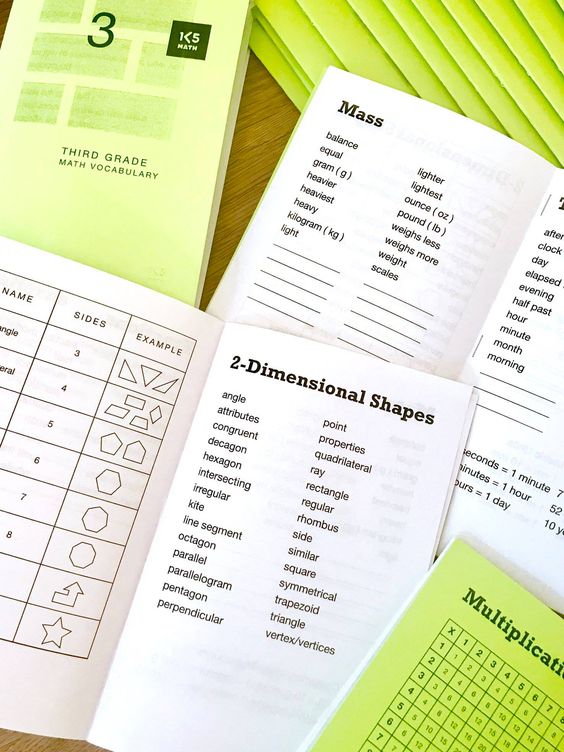
a) The Word Wall Game: The objective of this game is for students to find words on the word wall, or in their vocabulary book, using clues given by the teacher, or another student. Students write the numerals 1-10 in their notebooks or on a dry erase board. The clue giver describes the 10 words and students write down what they think each word is.
Sample 5th grade clues: "I am thinking of a word that..."
• means the opposite of ..... /means the same as …
• describes the rules for performing operations in expressions with more than one operation.
• describes a mass equivalent to 1,000 grams.
Use this game when you have a spare few minutes between lessons, or as you are walking to and from lunch and have students say the words rather than write them. You will be pleasantly surprised at how quickly students begin to incorporate these words into their math writing.
b) Tic-Tac-Toe: Draw a large grid on chart paper and tape a vocabulary card in each square. Divide students into teams. Teams take turns choosing a word and defining it. If the team defines the word correctly, remove the card and place an X or an O in the square. Leave the card on the board if the team answers incorrectly. Continue play until one team has three in a row.
c) Cloze Activities:
Write
2-3
sentences and leave blank spaces for students to fill in with appropriate math
vocabulary from the word wall or vocabulary book. Alternatively,
call out a math
word and have
students write a sentence that expresses a relationship or connection between
the term and another math term, concept, situation, or real-world application.
These are both good warm up activities for the start of a lesson.
d) Math Doodles: Call
out a math word and have students sketch or doodle a picture of the word for
15-20 seconds, until the next word is called. Students connect each of their
doodles with a line, making a simple link. After you’ve called out 5 words have
students label their doodles without looking at the math word wall
or their math vocabulary book. Next, ask students to call out the words
in their chain and use the math word wall or vocabulary book to check for accuracy.
e) Vocabulary Sort: Choose 10-12
words from the word wall. Students work with a partner to think of different
ways they can sort the words into two, or more, groups (e.g. quadrilaterals/not
quadrilaterals, shape properties/names of shapes, units of measure/
measuring tools
etc.) Students record their word groups and explain their sorting
criteria in writing.
f)
Vocabulary Story:
Students
use as many of the current math word wall words as they can to write and illustrate
a short story. Word wall words are highlighted or underlined.
g) Math Vocabulary Riddle: Students write a riddle based on a math word
wall word and trade with a partner.
Example: I am a 3D shape.
I have 6 identical
square faces.
I have 8 vertices and 12
edges.
What am I?
h) Vocabulary Crossword Puzzle: Students create a crossword puzzle
using 10-12 words from the current math word wall and trade puzzles with a partner.
Students can create puzzles by hand or use an online crossword puzzle
maker.
i) Math
Vocabulary Triangle: Students
write a word from the word wall or math vocabulary book on the first line. On the
second line they
write two words
that are synonyms for the chosen word. On the third line they
write three
words describing the chosen word. On the fourth line they
write a fact
about the word.
hexagon ruler
flat shape measuring tool
six sided
polygon millimeters and centimeters
beehive cells are hexagonal used to measure distance
j)
Compare and Contrast: Choose two vocabulary words from the current unit and have
students work with a partner to come up with different ways that the words are
alike and different.
A centimeter and a meter are alike because ….
A centimeter and a meter are different because ….
A rhombus and a trapezoid are alike because ….
A rhombus and a trapezoid are different because ….
One-half and one-fourth are alike because ….
One-half and one-fourth are different because ….
For more ideas on how to develop student's math writing skills see our page on Strategies to Support Math Writing.
